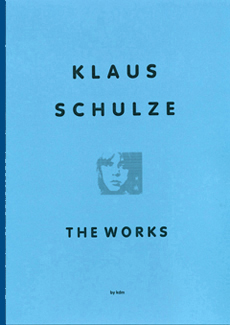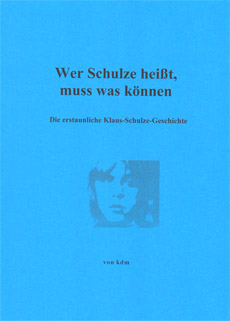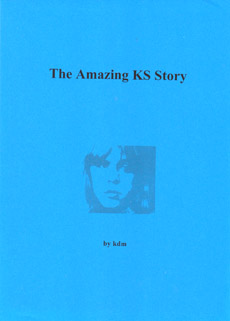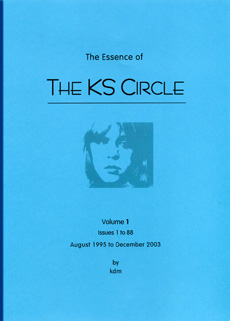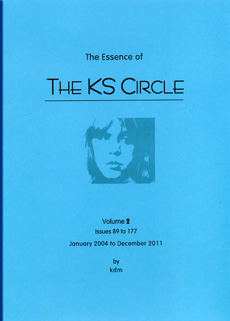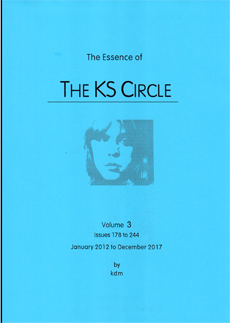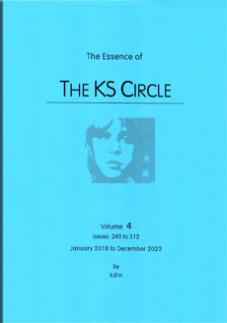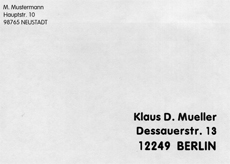Freitag, 17. Mai 2024
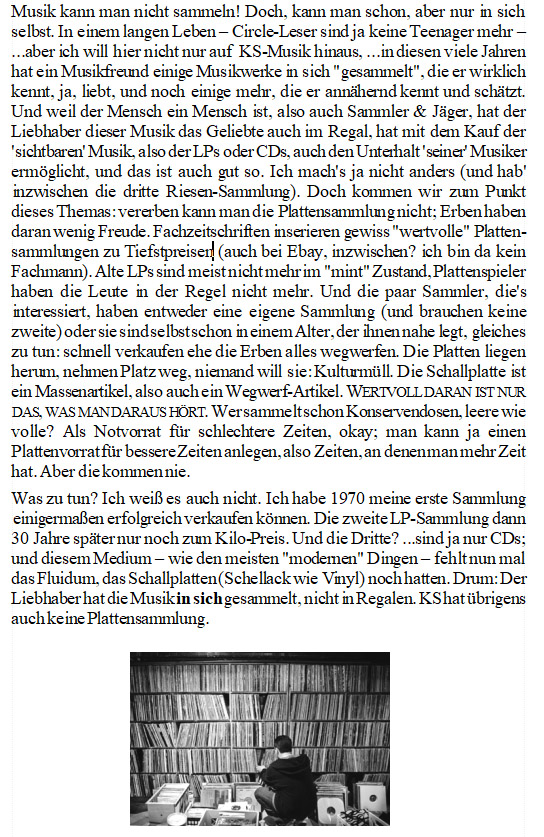
.
The KS Circle no. 271, April 2020 (English version in Circle #181)
... link
Question:
"How did the techniques of performing live change over the years?"
Answer:
It changed from tour to tour. For any new tour we used some new instruments, dropped old ones, and therefore we also had a slightly different set-up.
. . . .Since 1978 Klaus had the idea to add to the tours one or two extras: A film with computer graphics (1978); large mirrors so that people could see more than just his back (1979); a singer: Arthur Brown (1979); a cello player: Wolfgang Tiepold (1978); an electric guitar player: Manuel Göttsching (1981); even a second keyboard player: Rainer Bloss (1983 and '85). And of course he used always new, specially recorded playback tapes. ... Another turnround(!) did happen on the 15th of December 1998 in Bologna: Klaus was sitting again "en face" to the audience.
. . . .The change of instrumentation and their position was a constant process. There was no special date or incidence that changed something drastically. Some of the slow but important changes were: The EMS (since '73). The "sample & hold" rhythm by use of the ARP Odyssey ('74). The first sequencer, specially built for KS (early '75). The fat sound of the Moog & The Big Moog (December '75). The "female" solo voice of the Farfisa "Syntorchestra" (late '75). The pressure-sensitive touch keyboard and the sounds of the Yamaha CS 80 ('77). The GDS computer ('79). Digitalization. Midi. Sampling. The influence of Michael Shrieve. Klaus' work with the pop group "Alphaville". The upcoming of "Techno" ...and many many other things that happened in the course of time. All of it was (more or less) important for Klaus' concerts and also for his work in the studio.
From The KS Circle no. 31, January 1999, & no.270, March 2020
... link


